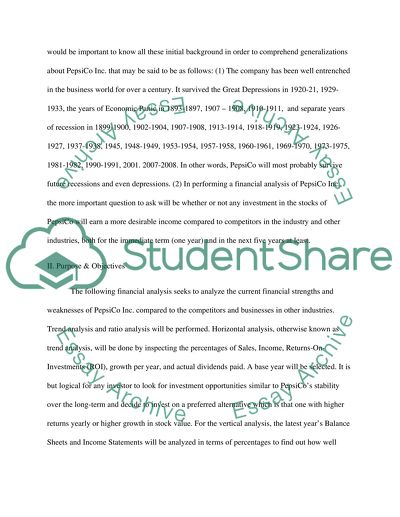Cite this document
(“Financial Analysis of Pepsi Cola Company FIN 534/Strayer University Term Paper”, n.d.)
Retrieved from https://studentshare.org/finance-accounting/1456701-financial-analysis-of-pepsi-cola-company-fin
Retrieved from https://studentshare.org/finance-accounting/1456701-financial-analysis-of-pepsi-cola-company-fin
(Financial Analysis of Pepsi Cola Company FIN 534/Strayer University Term Paper)
https://studentshare.org/finance-accounting/1456701-financial-analysis-of-pepsi-cola-company-fin.
https://studentshare.org/finance-accounting/1456701-financial-analysis-of-pepsi-cola-company-fin.
“Financial Analysis of Pepsi Cola Company FIN 534/Strayer University Term Paper”, n.d. https://studentshare.org/finance-accounting/1456701-financial-analysis-of-pepsi-cola-company-fin.


